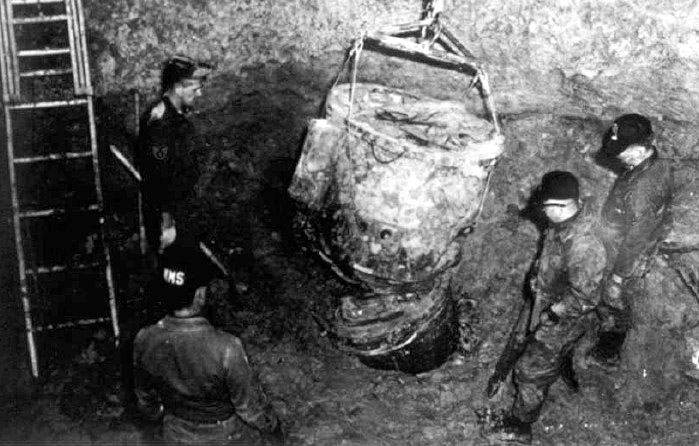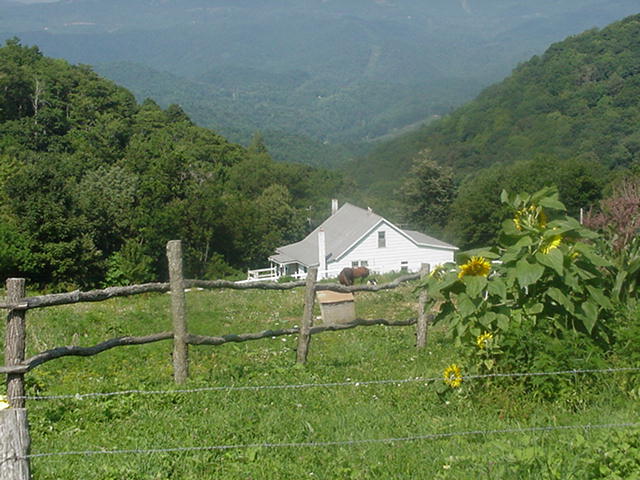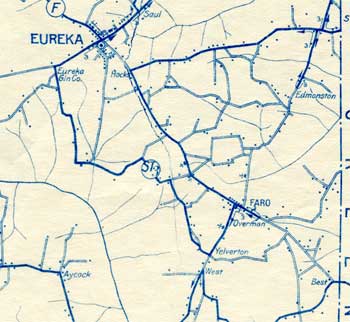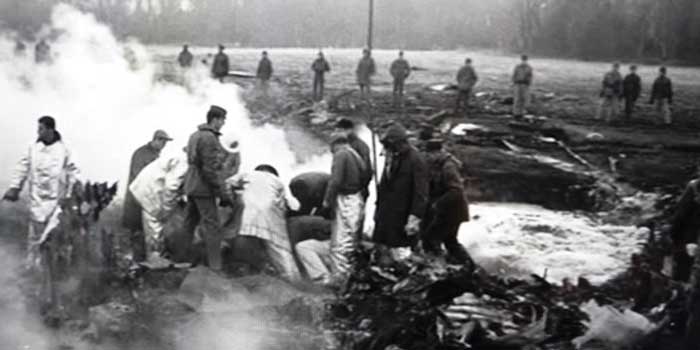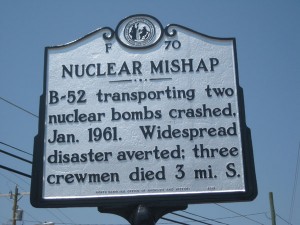Do you remember what you were doing on the evening of January 23, 1961? Probably not. If you lived in North Carolina, or for that matter on anyway on the eastern seaboard you were probably not aware of the catastrophe taking place in the skies above your head and the site is marked by the most understated historical marker in America.
If CNN or FOX news had been around at the time, we would have heard more about this major news event.
John F. Kennedy’s inauguration
To take you back in time, this was three days after John F. Kennedy was inaugurated president and the United States was in the midst of the Cold War. Because of this threat, American bombers, as part of the Strategic Air Command mission, were kept airborne at all times so they could defend our country if attacked. Feature news stories were still focusing on Kennedy’s election at the time.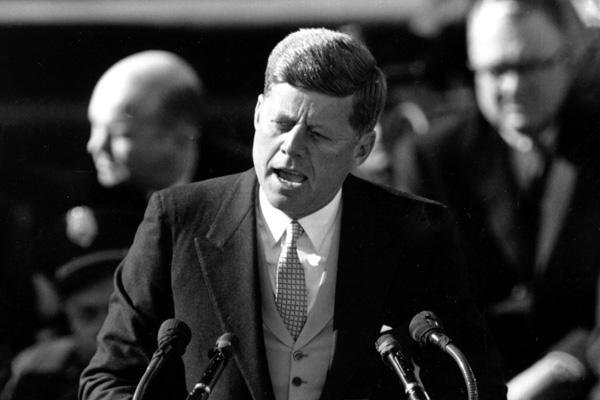
Something went terribly wrong with the plane
A B-52 Strotofortress, carrying a pair of Mark 39 nuclear bombs, each of which were 260 times more powerful than the nuclear weapon dropped on Hiroshima, took off from Seymour Johnson Air Force Base near Goldsboro, North Carolina on that day. The bomber and had been in the air for some hours when something went terribly wrong.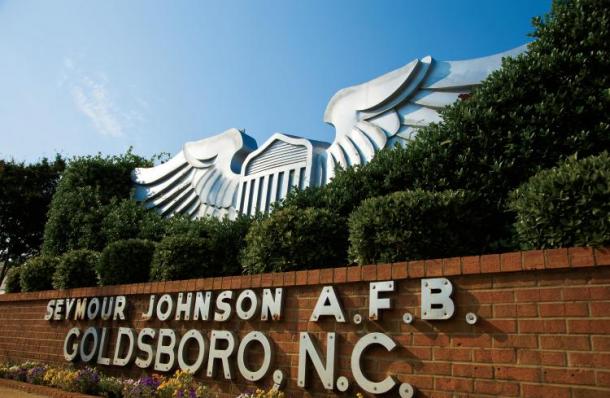
Fuel was gushing out of a leak in the plane. Nineteen tons of fuel was lost in only two minutes. The pilot attempted to make it back to Goldsboro, but the right wing suddenly sheered from the plane and the bomber plunged into a tailspin. As it began to break up, six of the crewmen ejected before the plane crashed. Five of the men who were ejected parachuted to safety, one was killed. The other crewmen were killed in the plane crash.
Two nuclear bombs broke loose over North Carolina
As the plane continued to spiraled to earth, the bombs broke loose and plunged to earth as well. A local farmer reported “I heard the whine of an airplane about to land, then there was a big explosion. It almost knocked me out of bed. I got up and ran to the window and saw my whole field on fire,” Witnesses said the plane spun through the sky “like a roman candle,” finally hitting somewhere near Musgrave’s Crossroads, between Patetown and Eureka.”
Lieutenant William R. Wilson, one of the survivors, told of his experience parachuting into the surrounding swampland: “I don’t know how it happened. I know when I landed in the field I felt awfully good. I felt like running. I went to a house and a fellow got his wife up and they fixed some coffee. They thought at first I was a prowler when I told them I had jumped out of an airplane. I must have been bad looking.” The co-pilot, Major Richard Rardin, also gave his account of the crash: “I could see three or four other chutes against the glow of the wreckage. The plane hit ten or twelve seconds after bail out. I hit some trees. I had a fix on some lights and started walking. My biggest difficulty getting back was the various and sundry dogs I encountered on the road.”
One bomb found
When responders arrived at the crash scene fifteen miles from Goldsboro, they found one of the nuclear weapons in a field with its parachute deployed and tangled in the branches of a tree. However, the second bomb was entombed in mud where it had struck the ground at nearly 700 miles per hour.
EOD personnel work to recover the buried Mk. 39 thermonuclear bomb that fell into a Faro, NC field in 1961.
The Greensboro Record reported “Jet Carrying A-Weapons Crashes” as a headline, the military kept secret just how close the accident came to causing a nuclear catastrophe. The Pentagon claimed at the time that there was no chance of an explosion and that two arming mechanisms had not activated. A newly declassified document obtained by the Freedom of Information Act by Eric Schlosser as part of the research for his new book, “Command and Control,” reveals the danger.
Secret document written in 1969
First published by the Guardian, the secret two-page document was written in 1969 by Parker F. Jones, the supervisor of the nuclear weapons safety department at Sandia National Laboratories. “While the nuclear devices that fell near Goldsboro were equipped with safety devices to prevent accidental explosions, much as revolvers have safety catches, Jones reported that three of the four safety mechanisms in the bomb that had deployed its parachute had become unlocked during its plunge to the ground. Two were rendered ineffective by the breakup of the aircraft, and a third was set off by the fall. Fortunately, the last failsafe, a low-voltage switch, worked. In 2013, ReVelle recalled the moment the second bomb’s switch was found. “Until my death I will never forget hearing my sergeant say, ‘Lieutenant, we found the arm/safe switch.’ And I said, ‘Great.’ He said, ‘Not great. It’s on arm.’”
Air Force personnel working in an underground pit to recover parts of an MK-39 nuclear bomb.
According to the Guardian, “When the bomb hit the ground, a firing signal was sent to the nuclear core of the device, and it was only that final, highly vulnerable switch that averted calamity. One simple, dynamo-technology, low voltage switch stood between the United States and a major catastrophe,” Jones wrote. Nuclear experts estimate that the blast would have instantly killed everything within an 8.5-mile radius. Lethal radiation fallout could have traveled up the Atlantic seaboard and stretched as far north as New York.
Came close to having a Bay of North Carolina
ReVelle, speaking to a writer in 2011 of the bomb that he said nearly detonated: “As far as I’m concerned we came damn close to having a Bay of North Carolina. The nuclear explosion would have completely changed the Eastern seaboard if it had gone off.” He also said the size of each bomb was more than 250 times the destructive power of the Hiroshima bomb, and large enough to have a 100% kill zone of seventeen miles. Each bomb would exceed the yield of all munitions (outside of testing) ever detonated in the history of the world by TNT, gunpowder, conventional bombs, and the Hiroshima and Nagasaki blasts combined. Thankfully, the near-disaster resulted in more stringent safeguards being placed on America’s nuclear arsenal.
Bomb had broken into several pieces
“More alarming information about the crash was revealed later. In 1992, Congress released a summary of the Goldsboro accident indicating that, according to investigators, upon impact the parachute-less bomb had broken into several pieces, one of which was never found. The missing piece contained uranium, and it was believed that it may have struck the ground so hard that it sank deep into the soft, swampy earth. Crews excavated the surrounding farmland to a depth of fifty feet, but were unable to recover the missing piece. Two days after the accident, officials at nearby Seymour Johnson Air Force Base asked that all visitors to the crash site return any aircraft parts they may have removed.
The officials claimed that these parts were needed to assess the cause of the accident, though they made no mention of the missing portion of the bomb. The Air Force eventually purchased an easement to the area surrounding the crash site, in order to prevent any land use or digging. Radiation tests have been conducted on the crash site and surrounding area over the years, though no harmful substances have been detected.
July 2012 a historical road marker erected
In July 2012, the state of North Carolina erected probably the most understated historical road marker ever in the town of Eureka, 3 miles (4.8 km) north of the crash site, commemorating the crash under the title “Nuclear Mishap.” The memorial lists the names of three aircrew who died in the accident: Sergeant Francis Roger Barnish (35), Major Eugene Holcombe Richards (42), and Major Eugene Shelton (41).
SOURCES
- University of North Carolina Libraries
- Wikipedia
- Goldsboro News/ Argus
See all best-selling Books by Donna R Causey
Vinegar of the Four Thieves was a recipe that was known for its antibacterial, antiviral, antiseptic, and antifungal properties for years. It was even used to cure the Bubonic Plague. See Thomas Jefferson’s recipe in VINEGAR OF THE FOUR THIEVES: Recipes & curious tips from the past
